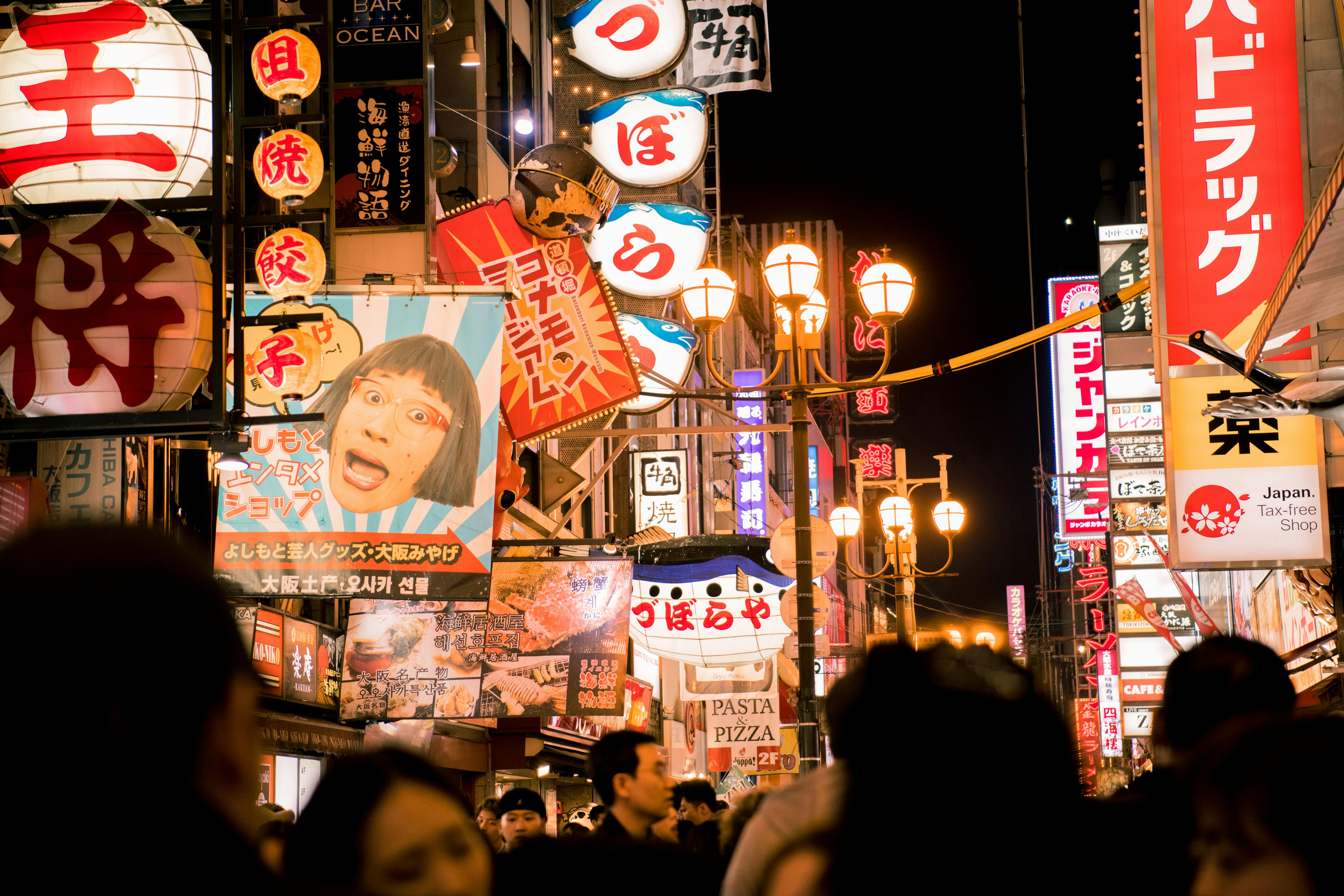Japan was slow to update its laws on child pornography to bring them into line with those of the West. Only in 1999 and 2003 did Japan catch up with the passage of new laws that made it illegal to produce, distribute, sell, possess, or trade in child pornography. Before 1999, it was only illegal to produce it.
However, enforcement of the new laws has been lax, although that may have changed in the last month.
Fans and producers of a lucrative fashion called “lolicon” received a wake-up call with the arrest of an editor last month. “Lolicon” is a slang acronym for the phrase “Lolita complex” or “Lolita icon”. The industry produces photo books and magazines featuring teen and preteen models, sometimes as young as eight. The format is usually “near nudity” or “implied nudity”, but a recent set of photos with a 14-year-old girl went too far.
“The girl’s swimsuit was deliberately made to be transparent. It was so tight that you could make out the shape of her genitals and had been in such a risky position that the Metropolitan Police Department decided to arrest the manufacturer for breaking the law. that prohibits child pornography, even though the girl had not actually exposed her bust or between her legs, “a reporter told Weekly Playboy.
The arrest was the first of its kind in Japan, in which child pornography laws were used in a case where the model was not actually nude.
In a similar case in Hong Kong last year, a magazine was finally cleared of a child pornography charge after it featured a 14-year-old model in a water-soaked semitransparent white dress. Although acquitted of the charge, the publisher was reprimanded for his lack of judgment.
The new case in Japan is proving similar in many respects. If convicted, the producer could face a maximum of three years in jail and a 100,000 yen fine.
The lolicon industry, until this arrest, had been quite lucrative for the Japanese publishing community. The Japan Times reported that “more than three million of the photo albums were sold in 2006-2007”.
“Since the arrest, manufacturers of products featuring teenagers in erotic poses have been in a panic. If the material is found to be too obscene, people can be arrested for violating the Child Pornography Act, even if the model she’s dressed in a bathing suit, “an employee of a mid-size DVD maker that produces material with models under 15 years old told Weekly Playboy. “DVD stores and wholesalers are now on guard and have stopped taking materials with models under 15 years old, even if the product appears to be a safe seller.”
It is unclear why only the under-15 section of the industry, sometimes referred to as U15, is affected, as child prostitution and pornography laws clearly define “child” as a person under the age of 18. However, the industry continues to use 16 and 17 year old girls.
The manga industry (Japanese for “printed cartoons and comics”) is also not affected by the new crackdown. Pornographic drawings and cartoons depicting children remain legal and lucrative.
Figures for the total value of the Japanese child pornography industry are hard to come by, but annual manga sales in 2000 alone amounted to more than 600 billion yen (US $ 5.5 billion), nearly a quarter of the total. total sales of all published material. An estimated 30-40% of the manga contains sexual themes or content, largely depicting elementary or high school age schoolgirls on topics including rape, sadomasochism, and slavery. About half of the 2,000 pornographic animation titles distributed in Japan each year, including movies and video games, feature schoolgirl characters.
Lolicon manga are usually short stories, published in specialized media in the genre and bought mainly by white-collar men between 20 and 30 years old. A common focus of these stories is taboo relationships, such as between a teacher and a student or between a brother and a sister. Sexual experimentation among children is another popular topic.
Last October, the Japanese government released the results of its Special Opinion Survey on Harmful Materials, in which 86.5% of respondents said that manga and art should be subject to regulation for child pornography, while 90.9% said that “harmful materials” on the Internet should be regulated. The current laws on child pornography in Japan do not regulate manga and art depicting children that are not real or “virtual child pornography”.



